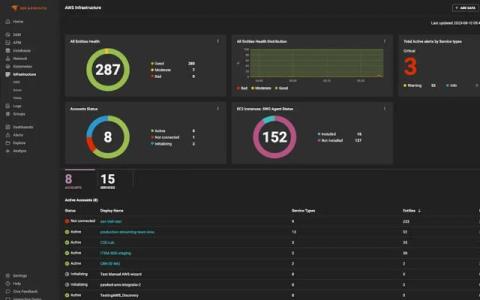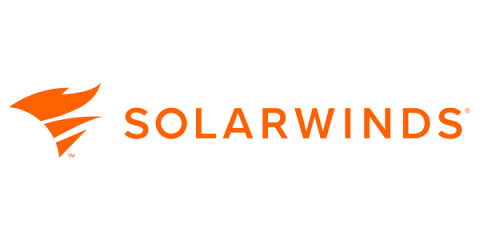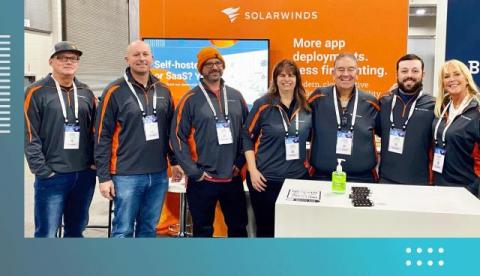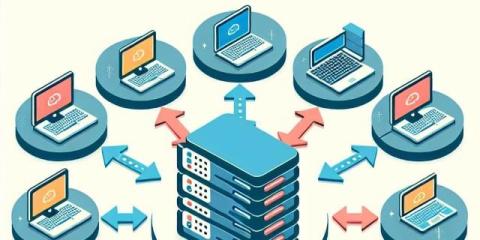7 Best Network Monitoring Software and Tools
Knowing what’s happening in your network infrastructure is essential so you can stay on top of issues before they affect users. With the right network monitoring tools, you can track, analyze, and optimize your network’s health and performance and get real-time visibility into traffic, device conditions, and overall infrastructure performance. This post will explore the seven best network monitoring tools and guide you through the nitty-gritty of network performance monitoring.















